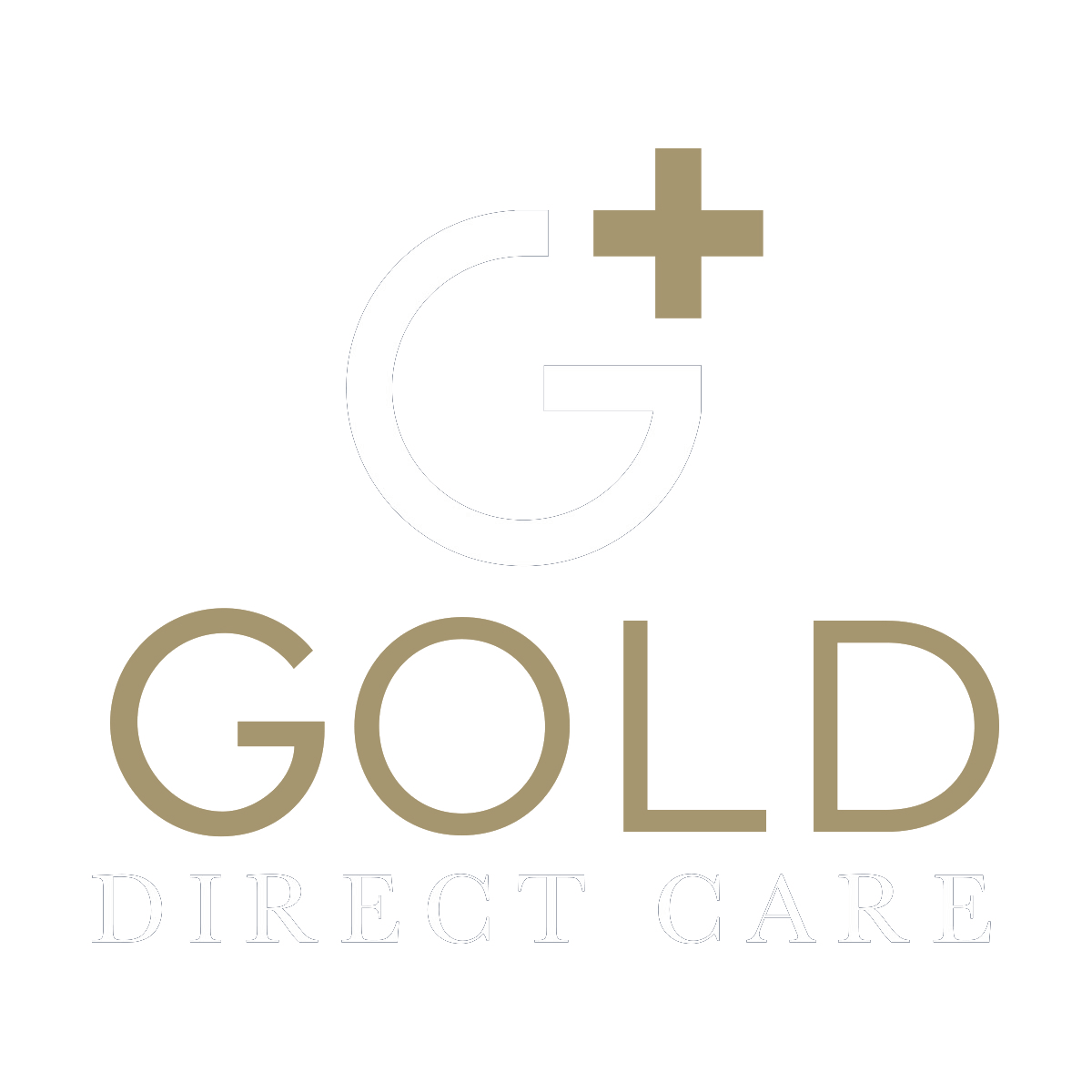The Importance of Building a Strong Doctor-Patient Relationship

When it comes to healthcare, trust, communication, and accessibility are key. Yet, in today’s fast-paced medical system, many patients feel rushed through appointments, struggling to build a meaningful connection with their doctor. At Gold Direct Care, we believe that a strong doctor-patient relationship is the foundation of quality care. Here’s why it matters and how […]
What Is Direct Primary Care? A Simple Guide to Affordable, Personalized Healthcare

Healthcare in the United States can be complex, costly, and impersonal. However, an innovative model known as Direct Primary Care (DPC) is changing that. DPC offers a more straightforward and affordable approach to healthcare, focusing on building strong relationships between patients and their doctors. In this guide, we’ll explain what DPC is, how it works, […]
How Gold Direct Care Helps You Navigate the Healthcare System

The U.S. healthcare system can be confusing, expensive, and frustrating to navigate. Between insurance red tape, surprise medical bills, and long wait times, many patients struggle to get the care they need. At Gold Direct Care, we take a different approach—one that puts you at the center of your healthcare journey. With our Direct Primary […]

